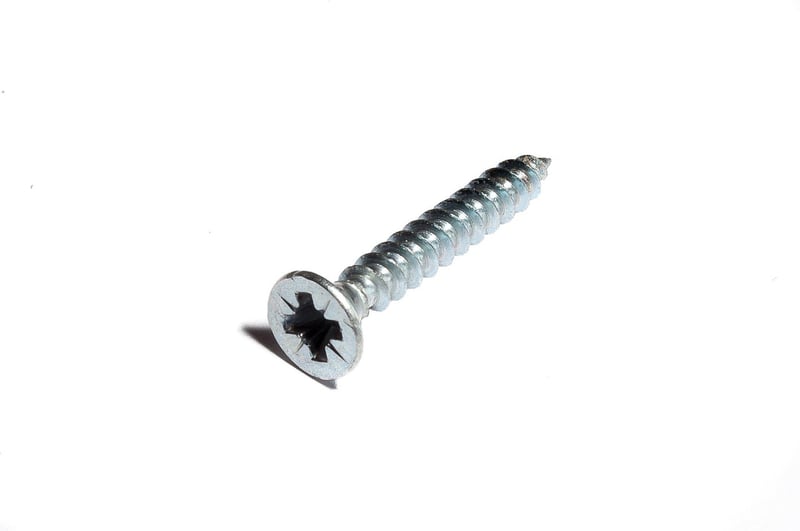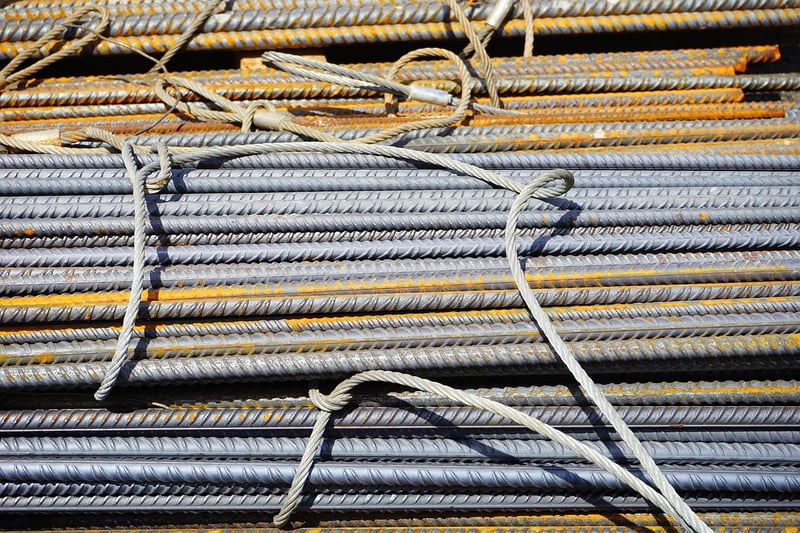Materials
Building Sturdy Setups: Essential Materials and Tips
Whether you are a DIY enthusiast or a professional contractor, creating sturdy setups requires the right materials and techniques. From constructing furniture to building outdoor structures, having a solid foundation is key to ensuring longevity and safety. In this guide, we will explore the essential materials and tips for building sturdy setups that stand the test of time.
Materials for Sturdy Setups
1. Timber
Timber is a versatile material commonly used in construction due to its strength and durability. When selecting timber for your projects, opt for high-quality, pressure-treated wood that is resistant to rot and insect damage. Hardwoods such as oak and maple are excellent choices for furniture making, while softwoods like pine are ideal for framing structures.

2. Fasteners
Choosing the right fasteners such as screws, nails, and bolts is crucial for ensuring the stability of your setups. Stainless steel fasteners are corrosion-resistant and ideal for outdoor projects, while galvanized fasteners are suitable for indoor use. Make sure to select the appropriate size and type of fastener based on the materials you are joining.

3. Concrete
For projects that require a solid foundation, such as building decks or fences, concrete is an essential material. Use high-quality concrete mix to ensure strength and durability. Properly cured concrete will provide a stable base for your structures and prevent shifting or settling over time.

Tips for Building Sturdy Setups
- Plan Your Project: Start by creating a detailed plan that outlines the materials needed, measurements, and assembly instructions.
- Use Proper Tools: Invest in high-quality tools such as a level, tape measure, and saw to ensure accurate cuts and assembly.
- Follow Building Codes: Familiarize yourself with local building codes and regulations to ensure compliance and safety.
- Apply Structural Design Principles: Incorporate principles of structural design such as triangulation and load distribution for added stability.
- Regular Maintenance: Perform routine inspections and maintenance to address any wear and tear, preserving the integrity of your setups.
By using the right materials and following best practices, you can create sturdy setups that withstand the test of time. Whether you are working on a small woodworking project or a large-scale construction endeavor, prioritizing durability and stability will ensure the longevity of your creations.
Remember, a solid foundation is the key to a successful build!
